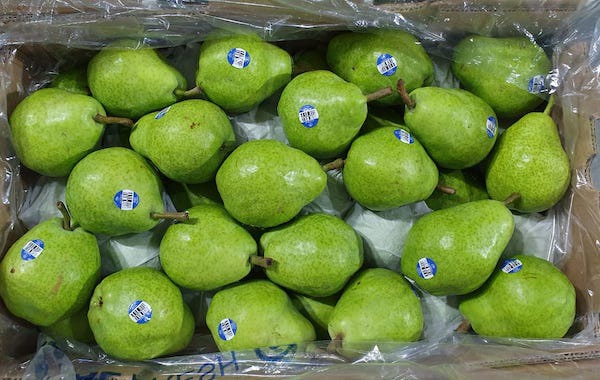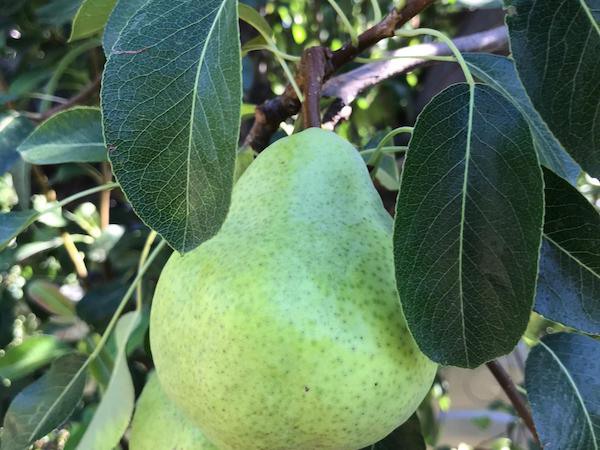Argentina’s pear harvest started with normal timing between weeks two and three this season. The season always kicks off with the Williams Bartlett pear, which is the main early variety. “Some growers started harvesting during week two this season to get to the markets early, but there were also growers who waited until week three to have bigger sizes,” says Javier Orti of Salix Fruits.

Demand has been strong so far this season
The biggest markets for Argentinian pears are Brazil and Russia, Orti shares. “They add up to around 60% of the export volume. Then North America, and Europe/UK account for around 15% of the volume each. The remaining volume goes mainly to other Latin American countries, with minor volumes going to Israel, the Middle East and China,” Orti says.
This season, however, lower volumes have been sent to Russia so far, and Europe has been seeing high demand. “Despite the higher stocks in Europe compared to last year, most countries are already demanding pears. So far, less volume has been loaded to Russia in the first couple of weeks. This seems to be the trend for the rest of the season as well,” Orti explains. In the US, the demand has also been good: “The domestic Bartlett crop in the US is normally finished at some point in February, so there is always good demand for Argentinian Williams and we are seeing good demand at the moment,” Orti adds.
Good sizing this season
The overall Argentinian crop looks good this year, and Salix is expecting to supply good quality pears throughout the season. “During the blossoming stage, the weather conditions were favorable with good temperatures that allowed proper cell division. Generally, the sizes are looking good this season, though some windy days that we saw at the end of spring may result in slightly more wind damage this year compared with last year. There was also a week of very high temperatures in mid-January which may end up having an impact on the condition of the late crop Williams,” says Orti.
The volumes this season will be similar or slightly lower than last season. Orti explains: “There were a few scattered hailstorms which resulted in some loss of production. This is quite common to have a few minor hail events every season, but the impact is always limited because the growing area is very large from end to end. The Rio Negro Valley, with its dry weather, abundant water supply, good thermal amplitude and sunny days, is ideal for good quality pears.”

Chilean pears: Some impact from recent rains
Argentina isn’t the only origin from which Salix is currently supplying their pears. “We are already loading southern hemisphere pears from Chile and South Africa, in addition to Argentina, with good prospects for this new season,” says Orti.
In Chile, recent rains have caused quite a lot of damage for certain crops. While pears have been affected, the overall effects were much less than they were for other fruits. “The heavy rains have affected grapes and stone fruit and will have some effect on pears but to a lesser degree,” says Orti. “It will be very important to manage the orchards according to the specific condition of each of them, and do proper phytosanitary management before harvesting,” he concludes.
For more information:
Salix Fruits
Email: [email protected]
www.salixfruits.com
